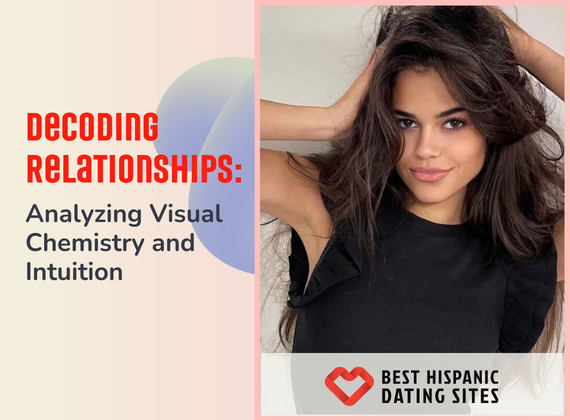Introduction:
In the intricate realm of human relationships, deciphering the connections between individuals can be a fascinating yet challenging task. From the unspoken nuances of body language to the subtle clues in visual chemistry, the dynamics between people often reveal captivating insights. In a recent social experiment conducted by Cut, dating and relationship coach Cora Boyd took on the task of guessing who among a group of individuals had slept together. This article delves into the intriguing experiment, examining the role of visual cues, intuition, and the complexities of attraction.
Unraveling Visual Chemistry:
From the outset, Boyd, a dating and relationship coach specializing in men, acknowledged the scarcity of dating support available for her male clientele. Drawing upon her unique perspective as a woman, she embarked on the challenge of assessing the visual chemistry between individuals. The experiment involved pairing participants and observing their interactions to discern potential romantic involvement.
Visual cues played a crucial role in Boyd’s assessment process. While physical appearance and overall compatibility were key factors, she also delved deeper, examining body language and the subtle nuances of attraction. Boyd astutely observed that visual chemistry often transcends the boundaries of verbal communication, allowing individuals to project a magnetic allure.
The Power of Intuition:
Beyond the realm of visual cues, Boyd also tapped into her intuition during the experiment. She shared that her ability to perceive chemistry between individuals stemmed from a myriad of factors, including pheromonal attraction. Although often overlooked, these subconscious indicators play a significant role in human attraction, even when individuals themselves may not be consciously aware of their impact.
Throughout the experiment, Boyd intuitively sensed the presence or absence of a deeper connection between participants. She acknowledged that her assessments were not infallible, recognizing the enigmatic nature of attraction. However, the exercise highlighted the importance of considering non-verbal cues and trusting one’s intuition when attempting to understand the dynamics between people.
Assessing the Matches:
As the experiment progressed, Boyd paired participants based on her observations, inviting them to interact and further explore their potential connections. By analyzing their responses, body language, and levels of comfort, she attempted to decipher whether they had slept together or shared a romantic involvement.
Boyd’s assessments were met with a mix of accuracy and surprise. In some instances, her observations aligned with the participants’ actual relationships, affirming her keen eye for visual chemistry. However, there were also cases where her judgments missed the mark, illustrating the intricacies of human connection and the potential for chemistry to exist between individuals beyond the confines of a specific relationship.
Reflections on Relationships:
Throughout the experiment, Boyd recognized the significance of her findings and the broader implications for relationships. She emphasized that being in a committed relationship does not negate the potential for chemistry with others. Human attraction is multifaceted, and connections can form outside the bounds of a defined partnership. This highlights the importance of open communication and understanding within relationships, allowing individuals to explore their attractions while maintaining emotional bonds.
Conclusion:
The Cut’s social experiment, guided by dating and relationship coach Cora Boyd, provided a captivating glimpse into the complexities of human attraction. Through astute observations of visual chemistry, intuition, and the intricacies of body language, Boyd attempted to identify the romantic connections between participants. While her assessments were not infallible, the experiment underscored the mysterious and multifaceted nature of attraction. Ultimately, the exploration of relationships serves as a reminder of the importance of open-mindedness, communication, and a deep understanding of the nuances that shape human connections.





